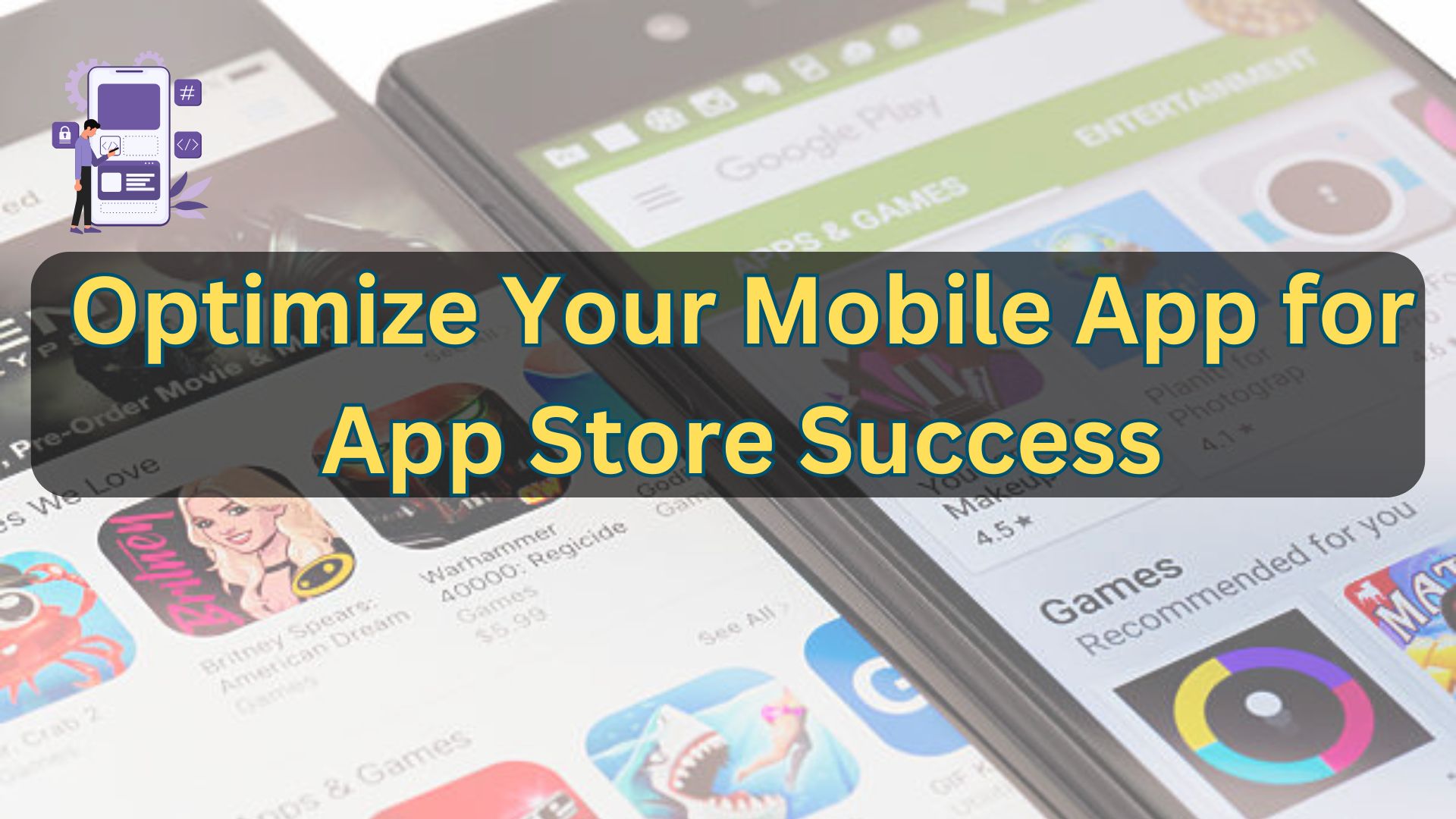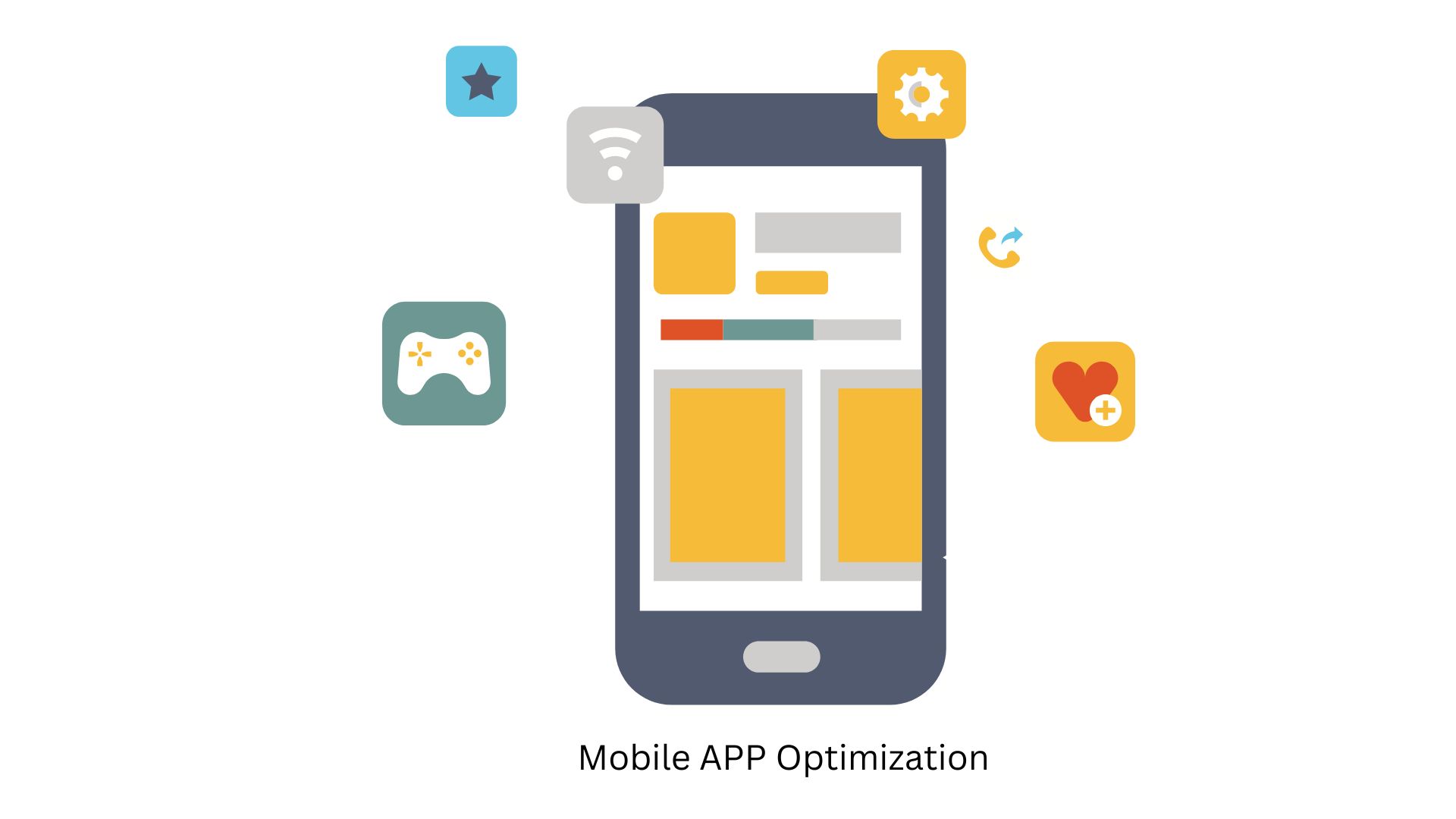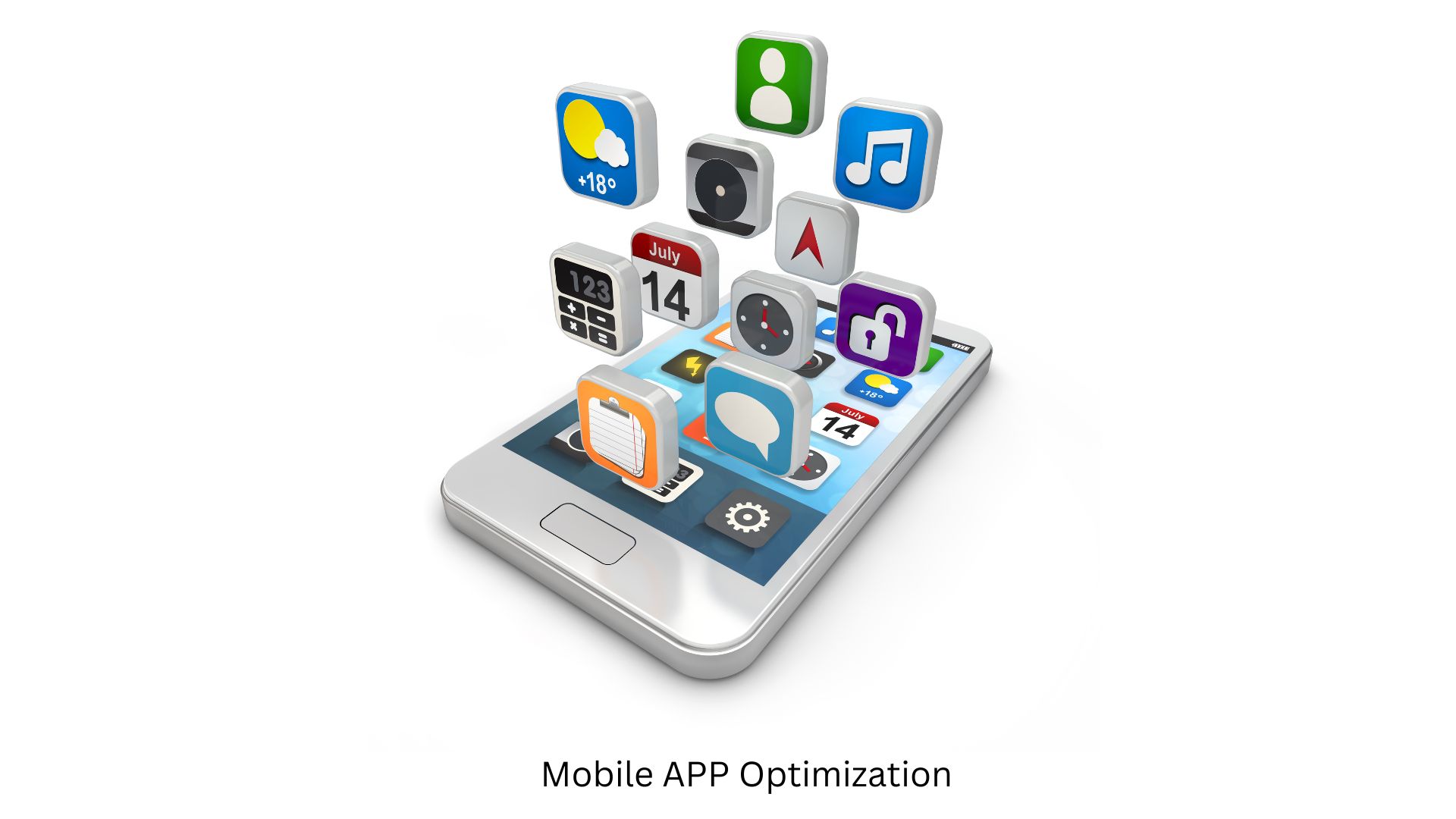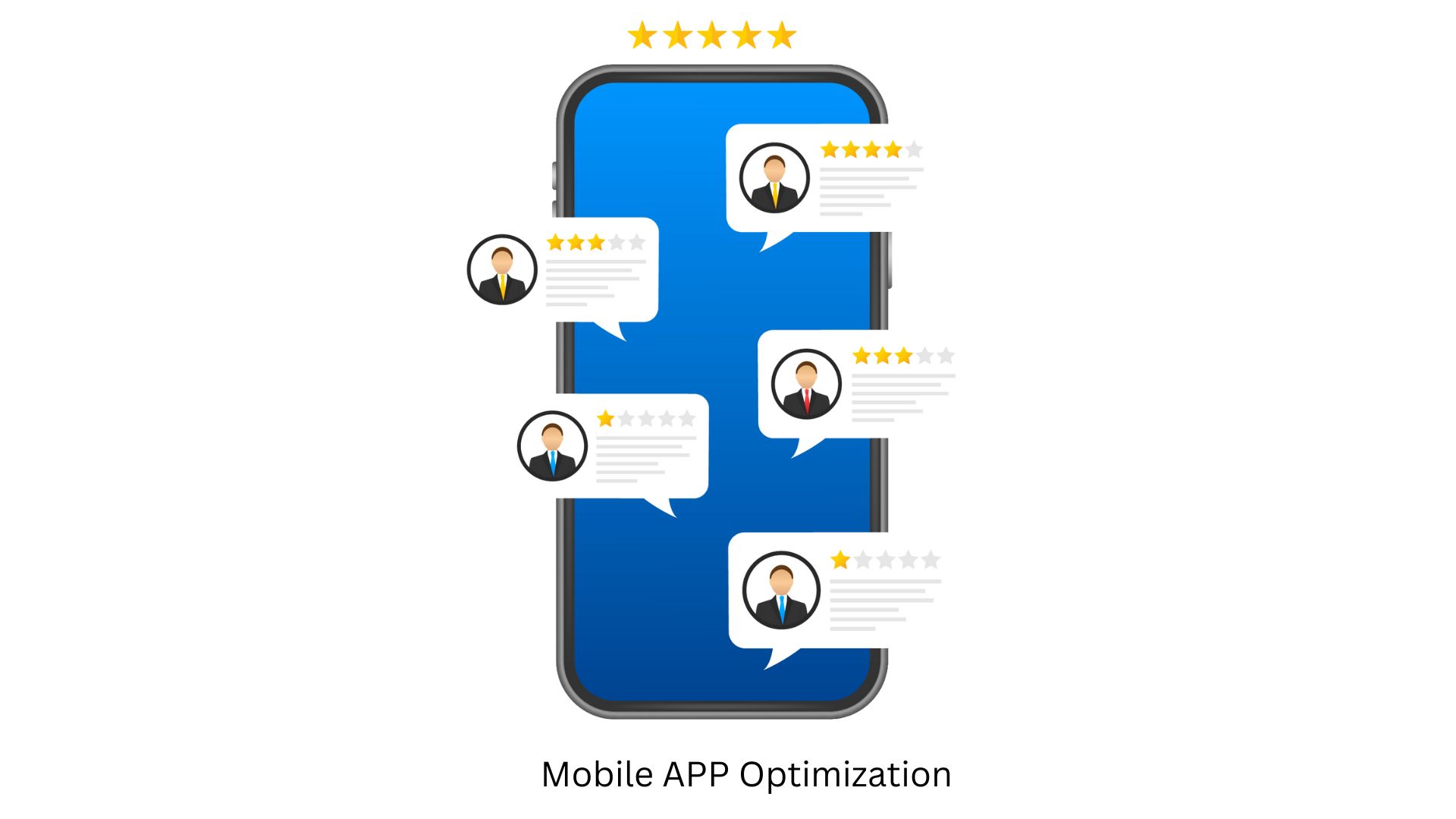In today’s competitive digital landscape, achieving success on the App Store requires more than just developing a functional mobile app. With millions of apps available for download, each vying for users’ attention, standing out requires a strategic approach. That’s where App Store Optimization (ASO) comes in. ASO involves fine-tuning key elements of your app’s listing to improve visibility, rankings, and user appeal, ensuring potential users can easily discover and are motivated to download your app.

Just as SEO (Search Engine Optimization) is critical for website visibility, ASO is crucial for app visibility in app stores like Apple’s App Store and Google Play. Without it, even the most innovative mobile app can go unnoticed, limiting its potential to attract users and grow. If you’re a business offering mobile app development services looking to expand your reach, implementing ASO best practices can be the difference between success and obscurity.
Optimize Your Mobile App for App Store Success
In this guide, we’ll walk through the essential steps to optimize your mobile app for App Store success. Whether you’re launching a new app or aiming to boost downloads for an existing one, these tips will help ensure your app captures attention and attracts the right audience.
1. Understand App Store Optimization (ASO) Basics
App Store Optimization (ASO) is the process of improving an app’s visibility and ranking in app stores like Apple's App Store and Google Play. Think of ASO as SEO for apps—it’s about making sure your app appears prominently when users search for keywords related to your business, such as "Mobile App Development" or "Mobile App Development Company."
Key elements of ASO include:
- App Title and Subtitle
- Keywords
- App Description
- Screenshots and Videos
- App Icon

2. Conduct Thorough Keyword Research
Choosing the right keywords is vital to getting your app noticed by potential users. Start by identifying the most relevant keywords that reflect your app’s functionality and services. If your app is tied to your mobile app development services, include keywords like "Mobile App Development," "Mobile App Development Company," or "Mobile App Development Services."
- Use Keyword Tools: Platforms like App Radar, Sensor Tower, or the Apple Search Ads tool can help you find high-ranking keywords relevant to your industry.
- Focus on Long-Tail Keywords: Long-tail keywords can be more effective for niche apps as they are less competitive and more likely to attract the right audience.
3. Craft a Compelling Title and Subtitle
The app title and subtitle are prime real estate for ASO. Your title should include high-ranking keywords, while being concise and reflective of your app’s purpose.
App Title:
Aim for a short, descriptive title that clearly states what your app does. For example, if you offer mobile app development services, you might name your app "Mobile App Builder by [Your Company]".
Subtitle:
Use this space to emphasize unique features or benefits. For example, "Custom Mobile App Solutions for Business Growth."

4. Write a Persuasive App Description
Your app description needs to be both informative and engaging, as it’s often the deciding factor for users who are considering downloading your app.
- First Sentence: The first few lines should capture the user’s attention, focusing on how your app addresses a problem or fulfills a need.
- Keyword Integration: Incorporate keywords like "Mobile App Development Services" and "Mobile App Development Company" naturally throughout the description.
- Highlight Key Features: Use bullet points to break down the core features, benefits, and any unique functionalities your app offers.
- Call to Action (CTA): End with a strong CTA to encourage downloads, like “Download now to start building your mobile app!” or “Try our mobile app development services today!”
5. Design an Eye-Catching App Icon
An attractive app icon can have a huge impact on conversions. Since users see the icon first, it needs to be memorable and indicative of your app’s purpose.
- Simplicity is Key: Avoid cluttered designs. Instead, aim for clean, minimalist icons that represent the core of your app.
- Use Your Brand Colors: If your mobile app development company has specific brand colors, use them in your icon design for consistent branding.
- Test Variants: Run A/B tests with different icon designs to see which one resonates best with users.

6. Include High-Quality Screenshots and Videos
Visual assets, such as screenshots and video previews, play a significant role in app downloads. They allow users to get a quick overview of your app’s interface, features, and functionality.
Showcase Key Features:
Your first two to three screenshots should display the primary features of your app.
Add Captions:
Use captions on each screenshot to highlight unique functionalities.
Create a Video Preview:
If possible, create a short video that gives a walkthrough of the app’s core functions. Videos significantly increase user engagement and downloads.
7. Optimize Your App for User Reviews and Ratings
Positive reviews and ratings are crucial for app success in both app stores. They directly impact your app’s ranking and credibility.
- Encourage Reviews: Politely prompt users to leave a review after they’ve used the app for a certain period. Avoid being too aggressive with review prompts, as this can frustrate users.
- Respond to Feedback: Address both positive and negative reviews. Responding to feedback shows that your mobile app development company values user input and strives to improve the app based on user experiences.
- Regular Updates: Keep your app up-to-date to maintain positive ratings. Regular updates show commitment to improving user experience and often lead to higher ratings.

8. Leverage App Store Analytics for Ongoing Optimization
The App Store provides valuable insights into your app’s performance. Use these analytics to refine your ASO strategy over time.
- Track Key Metrics: Focus on metrics like conversion rate, user retention, and uninstalls. If you notice high uninstall rates, evaluate potential areas for improvement.
- A/B Testing: Regularly A/B test different elements of your app listing, such as the title, subtitle, and screenshots. A/B testing can reveal which changes yield the best results.
- Monitor Keyword Rankings: Regularly assess how your chosen keywords are performing. Adapt your keywords based on search trends and your app’s target audience.
Conclusion
Optimizing your mobile app for app store success is a continuous process that requires diligent research, attention to user needs, and strategic use of keywords. For a mobile app development company, it’s crucial to establish a robust ASO strategy that aligns with your brand’s goals and enhances user engagement. By following these tips and refining your approach over time, you’ll position your app to attract and retain users, ultimately leading to sustainable success.
If you're looking for expert support, consider working with a professional mobile app development company like ours. We offer mobile app development services designed to maximize app visibility and engagement, ensuring your app’s success in the competitive app store landscape.